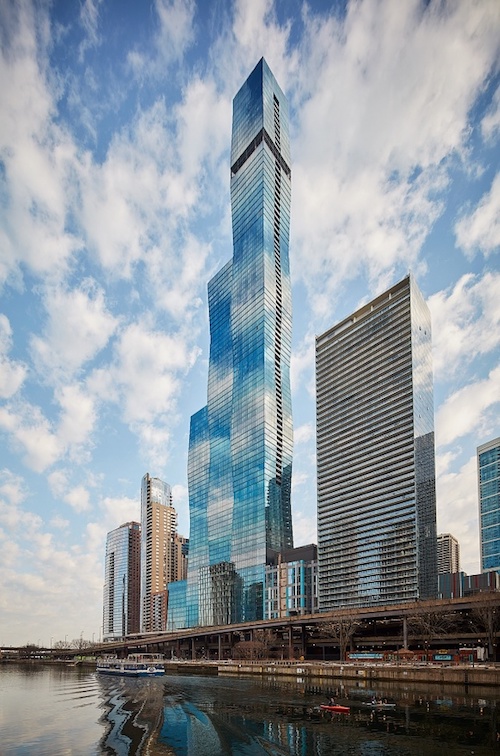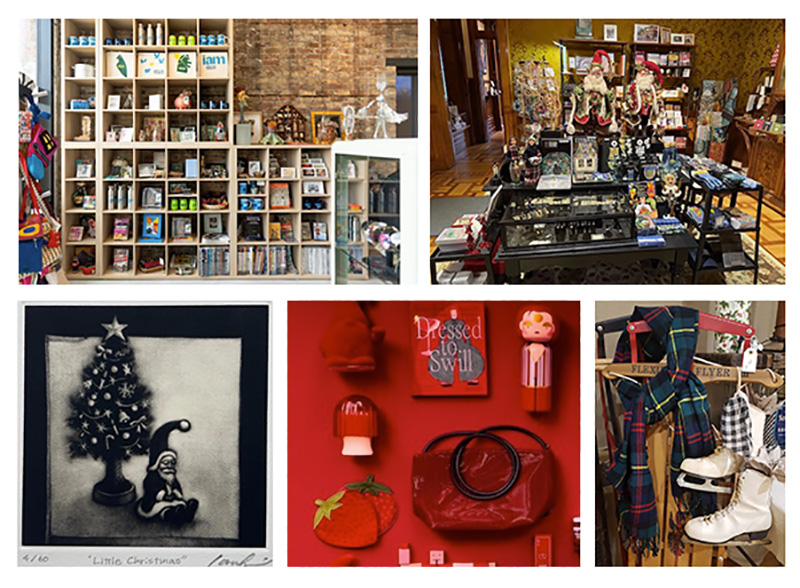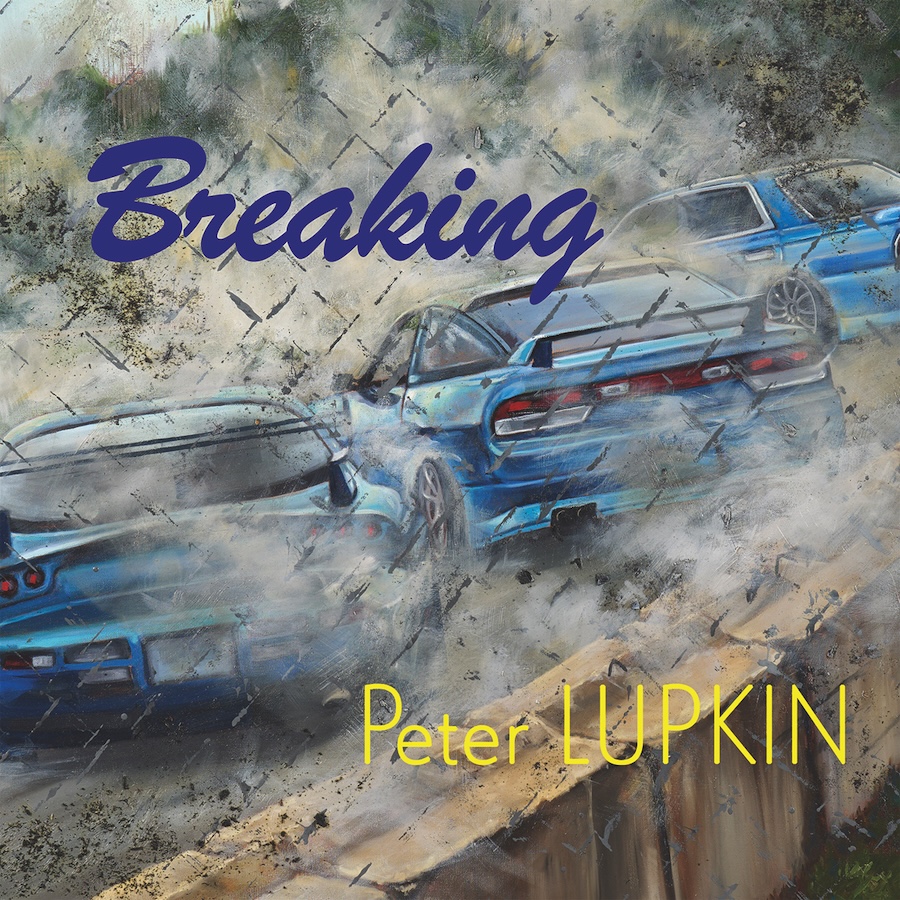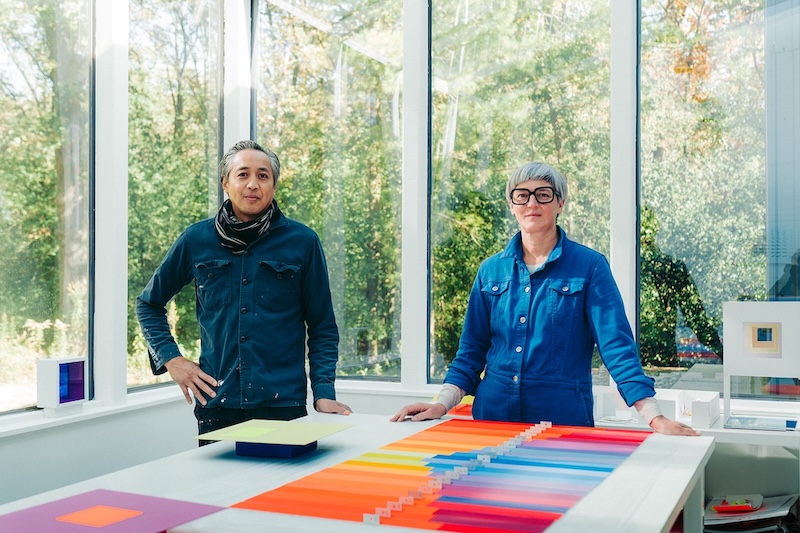What We're Reading: 7/22

First winner of Richard Hunt Award unveils ‘Thought Vortex’ sculpture at Lincoln and Halsted
Gwen Yen Chiu’s sculpture of twisted aluminum depicts the ever-evolving human mind as it consumes and responds to current events and political strife.
The 12-foot-tall artwork, titled “Thought Vortex,” was unveiled Monday at the intersection of Lincoln Avenue and Halsted Street.
“I sketched the piece out when all the Asian hate crimes started happening in the U.S.,” said Chiu, 28. “I started thinking about the BIPOC community, immigrant families and all the first generations here, and it was just all these thoughts. And that’s kind of what the vortex is representative of — these never-ending thoughts.”
Chiu, a 2018 School of the Art Institute of Chicago graduate, said those thoughts felt inescapable and the vortex was a way to visualize that, as the twisted aluminum never reaches a peak. The sculpture acted as an ode to what she describes as a maximization of political and social issues over the past four years.
The Chicago artist is the first winner of the Richard Hunt Award, which grants emerging and mid-career level artists $10,000 to create large-scale public art installations across the city.
Via Chicago

A Sculptural Skyscraper for Chicago
Do not confuse the shape of a fashionable residential tower with the artistic line drawn by an architect. It is the line of truce after a battle. A developer fights to expand his territory, his holy volume of rentable space, and the architect pushes back, trying to carve and sculpt that volume, and to make it beautiful. The developer wins, of course, giving us the box with an all-glass skin that is the industry standard of high-rise housing.
But there are exceptions. The three interlocking and progressively taller towers that make up the St. Regis Chicago, this city’s newest and most prominent residential and hotel development, are as exquisitely contoured as a work of abstract sculpture.
Via The Wall Street Journal
Op-ed: Obama Presidential Center. Right project, wrong location.
The Chicago Tribune recently published an op-ed by Valerie Jarrett, president of the Obama Foundation, in which she described those who oppose locating the Obama Presidential Center in Jackson Park as “a few voices outside the community” who “are trying to stand in the way of something that will genuinely transform the South Side and the people who live there today.”
Contrary to Jarrett’s characterization, I am a lifelong South Sider, a former neighbor of the Obamas, an admirer of their public service and someone who enthusiastically welcomes the prospect of the presidential center coming to the South Side. I am also among the plaintiffs in a lawsuit that seeks to compel the city of Chicago and various federal agencies to subject the proposed Jackson Park site to the scrutiny required by law.
Via Chicago Tribune
New Documentary Surveys How László Moholy-Nagy Tried to Launch Bauhaus 2.0 in Chicago
László Moholy-Nagy, one of the most famous artists associated with the Bauhaus, was never much liked by his colleagues at the famed German art school that lent the 1920s European movement its name. He’d never received a proper art education, and the courses he taught were freeform and, for the time, unfashionably technology-obsessed. Although he developed a loyal following among students, staff members and colleagues were less appreciative of his methods. He ultimately quit his post in 1928, in a dramatic controversy that transcended the German art world.
Moholy-Nagy’s five-year term at the Bauhaus is a relatively small part of his career, however. Arguably, his efforts to reboot the Bauhaus in the U.S., where he fled as the Nazis gained power in Europe, are even more important than his teaching in Germany, a new documentary argues. In 1937, with help from Container Corporation of America chairman Walter Paepcke, Moholy-Nagy created a new art-and-design school in Chicago. Call it Bauhaus 2.0 or, as he did, the New Bauhaus.
Via ARTNews






